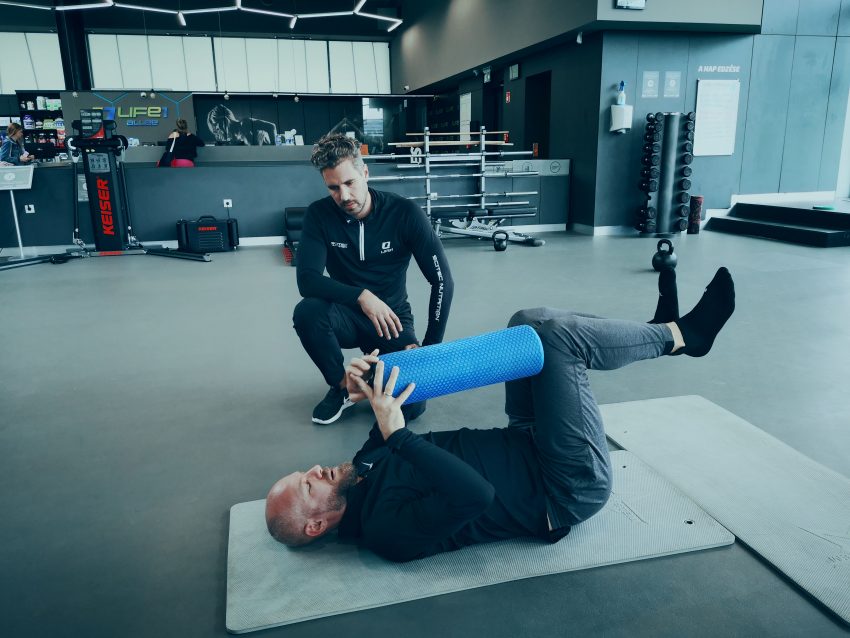Musculoskeletal pain and spinal disorders are among the most common negative effects of a sedentary lifestyle. Prevention is very important as well as attentiveness so that we can live well into old age.
Some professionals say that sitting is more harmful than smoking. Based on a study carried out in 2008, over the age of 25 every hour spent watching television shortens our life span with 21.8 minutes while one cigarette a day reduces it by 11 minutes. Those whose job requires hours of sitting are at a higher risk of having musculoskeletal problems than anyone in the industrial sector, construction and metal workers included.
The harmful effects of too much sitting
Life1’s personal trainer and spine therapist Menyhért Horváth finds it incredibly important that we understand how our body is constantly changing, reacting to physical stimulus. Imagine a swimmer or a marathon runner; their body structure is completely different than that of a regular person. Swimmers have wide shoulders, well-developed chest and back muscles, but long-distance runners are characterized by thin, sinewy legs. What they have in common is that their body had to adapt to the physical demands of the sport they do. Inactivity affects us the very same way, because it is also a kind of physical stimulus that has its own side effects: posture problems.
Even though more and more people understand how crucial it is to do sports regularly thanks to their many health benefits, the number of injuries shows that cyclical exercises (swimming, jogging, cycling, etc.) might cause problems if we don’t have a solid foundation. Our chosen sport is not enough, we need a workout that stabilizes our spine. As the main function of the spine is to transmit the force between our unrestricted dynamic movements in the limbs, it is important to strengthen the spine so that it will be able to stabilize these movements. Regardless of age and gender, everyone should take it seriously.

Menyhért’s practical guide
First, do breathing exercises. It’s beneficial for many reasons: it has a relaxing effect, stabilizes the lumbar spine, and strengthens the diaphragms which may result in relaxing the tense neck and upper back muscles. If possible, use a self-myofascial release (SMR) foam roller on a weekly basis. It helps stretching your muscles and keeps them loose and limber.
Next, exercise your hips and shoulders with mobilizing and stretching moves. Among the spine exercises, the one called “bird-dog” is probably the most important: it is commonly used for teaching core stability by engaging the abdominals and back muscles simultaneously. Don’t forget to dedicate time to mobilizing the thoracic spine, this way increasing your torso’s range of motion. Finally, strengthen your shoulder blades. A well designed spine workout plan doesn’t take longer than 15-20 minutes; do it before starting your sports workout, your body will thank you later.
Details: www.life1.hu.